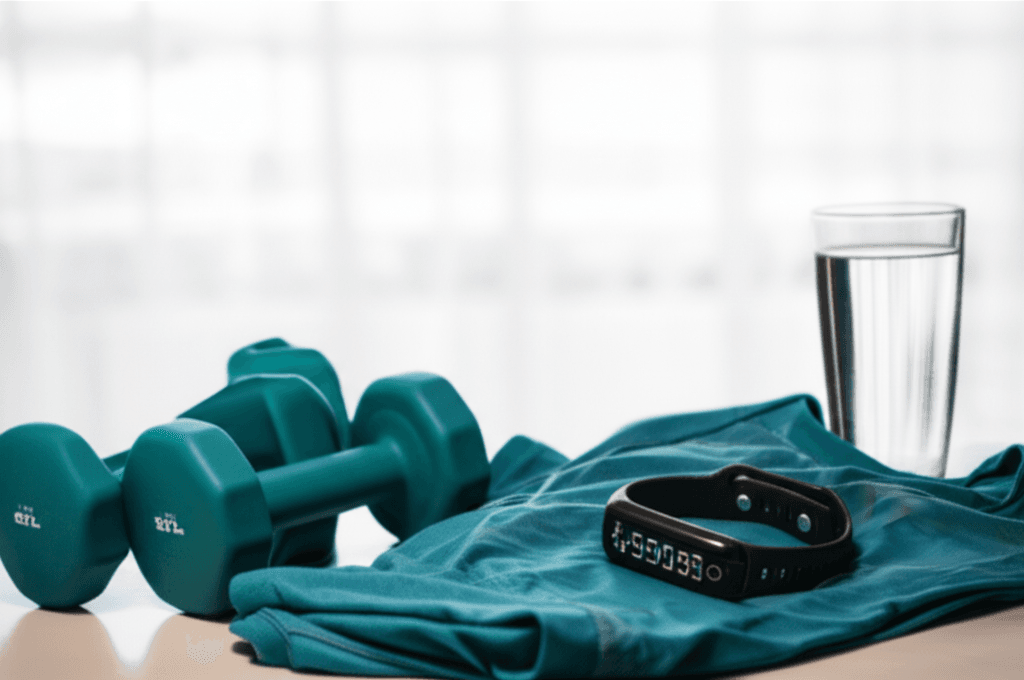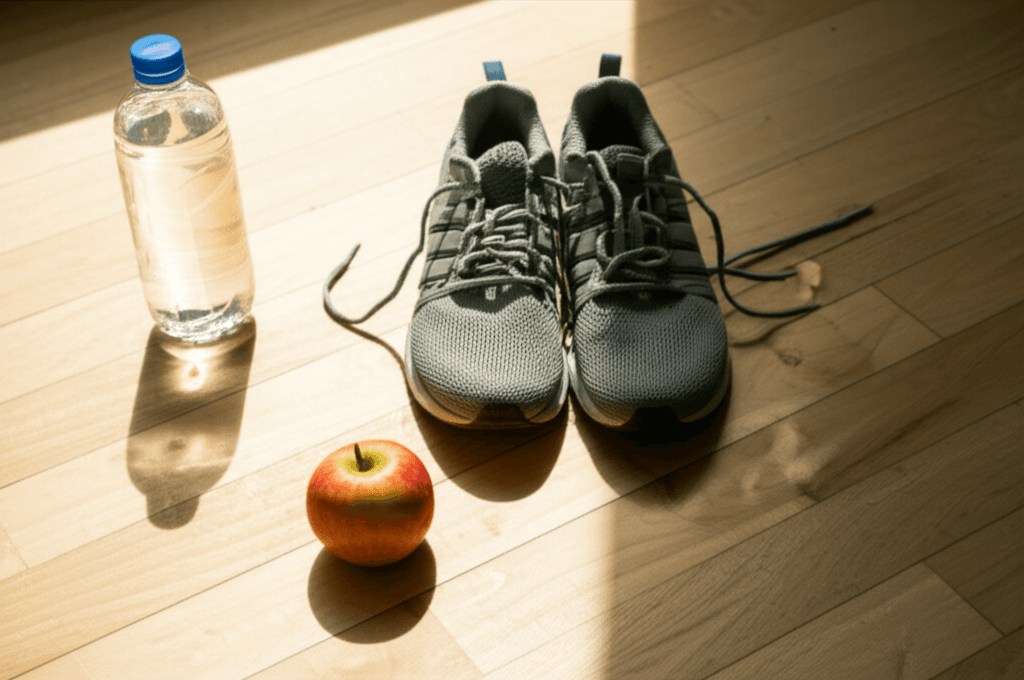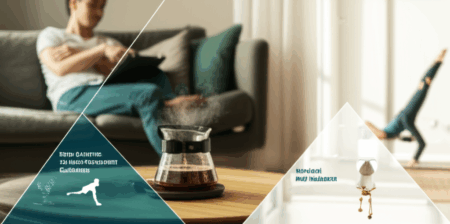In an increasingly demanding world, prioritizing “health & fitness” is more critical than ever. It’s not merely about the absence of disease or achieving a specific physique; it’s a comprehensive state of physical, mental, and social well-being that empowers you to live a fulfilling and productive life. Understanding and integrating the core principles of health and fitness can unlock a wealth of benefits, transforming your daily experience and long-term vitality.

Defining Health and Fitness: More Than Just the Physical
While often used interchangeably, “health” and “fitness” have distinct yet interconnected meanings. Health, as defined by the World Health Organization (WHO), is “a state of complete physical, mental, and social well-being and not merely the absence of disease or infirmity”. More recently, this definition has been amplified to include the ability to lead a “socially and economically productive life”. It encompasses the overall functional and metabolic efficiency of a person in mind, body, and spirit.
“Fitness,” on the other hand, refers to a set of attributes that people possess or achieve that relate to the ability to perform physical activity. It focuses on the physical capacity to sustain strength, flexibility, and stamina for daily activities, whereas health stresses the absence of disease and the balance of bodily systems. You can be physically fit but not necessarily healthy if other areas of your well-being are neglected, and vice-versa. The optimal state involves a balance of both.

The Pillars of Optimal Health and Fitness
Achieving a truly healthy and fit lifestyle hinges on several interconnected pillars. Neglecting one can impact the others, highlighting the importance of a holistic approach. While some sources identify four or five key pillars, a comprehensive view often includes:
Nutrition: Fueling Your Body and Mind
Nutrition is the cornerstone of health, providing the essential materials for your cells and organisms to support life. A well-rounded diet, rich in fruits, vegetables, whole grains, lean proteins, and healthy fats, provides the necessary nutrients for bodily functions, sustained energy, and a bolstered immune system. What you eat directly impacts not just physical health, but also mental clarity and emotional well-being. Prioritizing nutrient-dense foods over highly processed or sugary options is crucial.
Physical Activity: Energizing Your Body
Regular physical activity is vital for maintaining a healthy lifestyle, helping to manage weight, support cardiovascular health, uplift mood, and improve strength and flexibility. The Centers for Disease Control and Prevention (CDC) recommends a minimum of 30 minutes of moderate-intensity aerobic activity per day. This can include a variety of activities like brisk walking, cycling, swimming, strength training, or yoga. Consistent movement also strengthens muscles, builds bone density, and improves overall power and endurance.
Sleep: The Restorative Power
Often underestimated, quality sleep plays a vital role in maintaining overall health. During sleep, your body repairs tissues, strengthens the immune system, and consolidates memories. Sufficient and restful sleep is crucial for physical and mental recovery, enhancing mood, and supporting overall cognitive function. Aim for 7-8 hours of sleep per night for most adults.
Stress Management & Mental Well-being: Nurturing Your Inner Self
In today’s fast-paced world, chronic stress can significantly impact both physical and mental health. Dedicating time to relaxation activities like meditation, deep breathing, reading, or enjoying the outdoors can build resilience and help you recharge. Emotional wellness requires a balanced autonomic nervous system that is nourished and cared for. Prioritizing mental well-being includes managing emotions, practicing mindfulness, and fostering optimistic thinking.
Social Connection & Purpose: Building Community and Meaning
Beyond the individual, aspects like social health—establishing and preserving wholesome connections—and a sense of purpose contribute significantly to overall well-being. Maintaining friendships and finding meaning in life can support mental health and a greater appreciation for existence.

Profound Benefits of a Healthy Lifestyle
Adopting and maintaining a healthy and fit lifestyle yields a myriad of benefits that extend beyond mere physical appearance:
- Improved Physical Health: Regular exercise strengthens muscles, bones, and the cardiovascular system, reducing the risk of chronic diseases like heart disease, type 2 diabetes, obesity, and certain cancers. It also boosts the immune system, making the body more resilient against illnesses.
- Enhanced Mental Acuity and Emotional Stability: Physical activity generates endorphins, which improve mood and lessen anxiety, depression, and stress. A healthy lifestyle also improves memory, focus, and cognitive function.
- Increased Energy and Vitality: A healthy lifestyle brings a remarkable increase in vitality and energy levels, leading to greater productivity and a more active, fulfilling life.
- Improved Quality of Life and Longevity: Fit and healthy individuals often have more energy, sleep better, and are more productive in their daily tasks. By lowering the risk of serious illnesses, a healthy and fit lifestyle can also increase life expectancy.
- Financial Savings: While not immediately obvious, a healthy lifestyle can lead to financial savings by reducing the need for medical appointments, prescriptions, and treatments related to preventable diseases.

Practical Tips for Starting Your Health & Fitness Journey
Embarking on a health and fitness journey can seem daunting, but small, consistent changes make the biggest impact.
- Check Your Mindset and Make a Commitment: The biggest secret to success starts before you even begin. Believe in your ability to make changes and commit to yourself. Writing down your goals makes them real.
- Start Small and Build Gradually: Avoid setting unrealistic goals that can lead to demotivation. Begin with low-intensity exercises and slowly build up duration and intensity. Even 10-minute bursts of activity are better than none.
- Choose Activities You Enjoy: You’re more likely to stick with a routine if you genuinely enjoy the activities. Explore various options like walking, dancing, yoga, or team sports.
- Create a Balanced Plan: Aim for at least 150 minutes of moderate aerobic activity and strength training for all major muscle groups twice a week. Plan your workouts as you would any other appointment to ensure consistency.
- Prioritize Nutrition: Focus on eating whole, nutritionally dense foods like lean meats, leafy vegetables, complex carbohydrates, adequate protein, and healthy fats, while avoiding highly processed foods and excessive sugar.
- Expect Imperfection and Embrace Setbacks: Life happens, and you might miss a workout or make an unhealthy food choice. The key is not to quit entirely but to get back on track as soon as possible.
- Build a Support System: Find a friend or community who shares similar goals to hold each other accountable and offer encouragement.

Debunking Common Health & Fitness Myths
Misinformation can often hinder progress on a health and fitness journey. Here are some common myths debunked:
- “No Pain, No Gain”: While some discomfort is normal during exercise, pain is a sign that something is wrong and should be addressed immediately to prevent injury.
- “Spot Reduction is Possible”: You cannot target fat loss from specific body parts through exercise alone. Exercise burns overall fat, not just from the area you’re working.
- “Heavy Weights Will Bulk Up Women”: Women generally do not have enough testosterone to build significant muscle bulk like men. Strength training helps build lean muscle, improve tone, and increase calorie burning.
- “You Can Out-Exercise a Bad Diet”: Exercise is crucial, but it cannot fully compensate for a poor diet. Nutrition plays a larger role in weight management and overall health.
- “Cardio is the Only Way to Lose Weight”: For optimal results, a combination of cardio and strength training is recommended. Strength training builds muscle, which helps burn more calories, even at rest.
By understanding these core principles and making informed choices, you can embark on a sustainable journey toward a healthier, more vibrant you.







